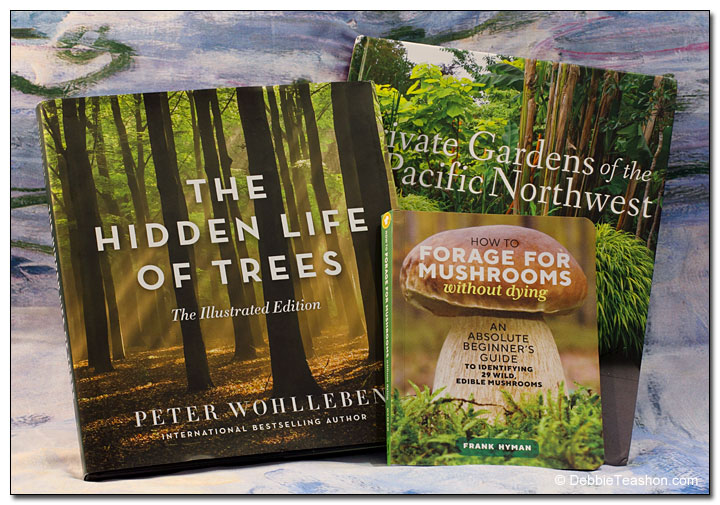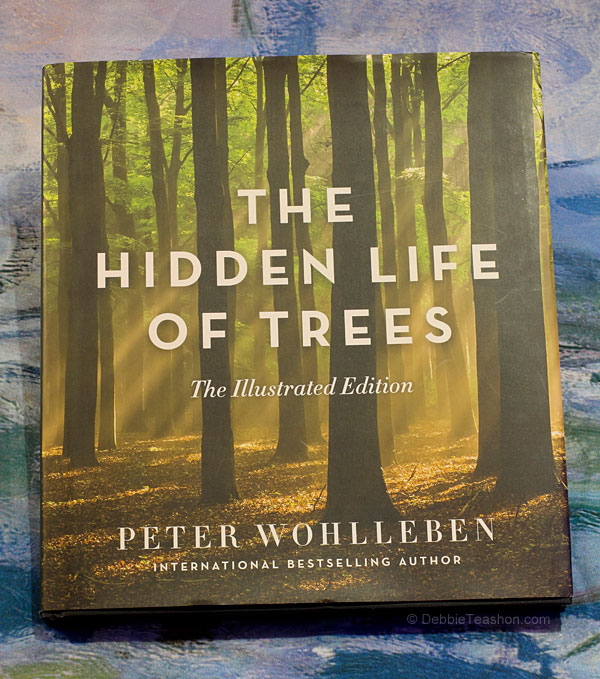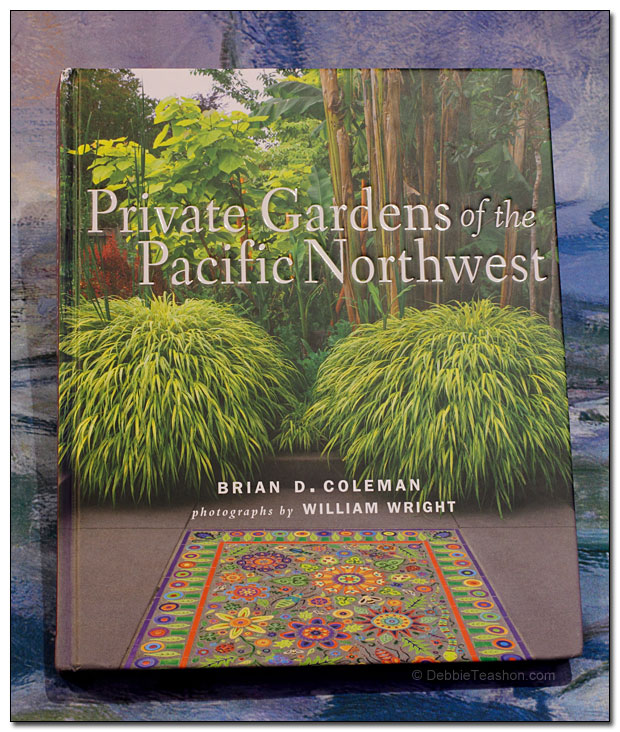The Wonderful World of Garden Books

The Hidden Life of Trees: The Illustrated Edition
Author Peter Wohlleben
“As a rule, friendships that extend to looking after stumps can be established only in undisturbed forests.”
Envision trees with innate warning systems, forests with an extensive subterranean communication network, and even a centuries-old stump sustained by its neighboring trees. If this seems like a realm of pure science fiction, delve into Peter Wohlleben’s books that unveil the enigmatic lives of trees.
In his original book and New York Times bestseller, ‘The Hidden Life of Trees: What They Feel, How They Communicate ― Discoveries from A Secret World,’ the author compels his readers to perceive trees beyond the surface, the falling leaves, or mere individuals in a vast forest. He invites us to see them as integral members of a vast plant community, intricately woven through symbiotic relationships.
These majestic giants in the plant kingdom are unique. Wohlleben writes about the wonders that surpass their use for humans. The illustrated version takes much of his eye-opening writings from the original book and sets them in with stunning photographs that make the pages come alive.
Trees talk. Not by human standards, but they do communicate. Some ways we understand, such as scent, are used to attract attention from pollinators.
One of Wohlleben’s many examples is when giraffes nibble on acacias. The trees immediately pour toxic substances into their leaves. They then communicate the danger to nearby acacias by giving off a gas that warns them of the long-necked marauders.
The nearby trees receive the communication and pump toxic substances into their leaves. If one observes giraffes, they nibble for a bit and either stroll further away to other trees outside the communication defense of the scent warning or head upwind where they won’t reach other trees.
Trees can also call on defenders to help them. Not only can they accurately identify the saliva of an insect that takes a bite off leaves, but the trees also broadcast a scent-compound cry for help that attracts the suitable beneficial insects that prey on the pest.
Wohlleben’s book takes readers on a realistic journey through the world of trees, which sometimes reads more like a magical adventure. Yet the stories are steeped in reality and scientific research of what we know about trees.
‘The Hidden Life of Trees’ will leave you with a profound realization that trees are not mere wooden structures in a forest. As you turn the final page and close the cover, you emerge with a newly enlightened understanding of the essence of these living, breathing entities.
Private Gardens of the Pacific Northwest
Author Brian D. Coleman
Photographer William Wright
“Private Gardens of the Pacific Northwest” might be mistaken for a pretty coffee table book, yet each chapter gives unique flavor and artistry to every featured landscape. Every region has its standout landscapes, but gardeners west of the Cascades in the Pacific Northwest believe our area grows some of the best gardens in the world. This book contains 20 luscious gardens — some considered the best of the best.
Author Brian D. Coleman walks the readers through lush estates, small sanctuaries and retreats with the story and history behind each one. The selected gardens are sprinkled around the Puget Sound basin, south to the Oregon Portland metro region and east of Lake Chelan mountains. William Wright’s stunning photographs visually draw the reader into each garden.
World-renowned photographer, Art Wolfe, gives a bonus with his forward to the book, talking about his Japanese garden in West Seattle, also featured in the pages.
Kitsap Peninsula is not forgotten and includes two gardens. Nancy Heckler’s “Haven for Hydrangeas” has paths that meander through her one-third-acre property. One hundred and fifty plant containers are scattered around the property to keep the smaller plants from being hidden in the extensive plantings.
Jill and Dean Sterrett’s “Garden for a Bainbridge Bungalow” was also selected from the west side of Puget Sound. The space, designed by Shayne Chandler (“A Plantsman’s Garden,” West Sound magazine, Sept/Oct 2020 issue), has a welcoming entry garden and enchanting water views enhanced by the garden.
How to Forage for Mushrooms without Dying: An Absolute Beginner’s Guide to Identifying 29 Wild, Edible Mushrooms
Author Frank Hyman
The ominous title is enough to get its readers to pay attention — a mushroom forager must know the difference between a delicious, edible mushroom and a deadly one. Although not all mushrooms will kill you, some can make you seriously ill.
You wouldn’t think the pages contained so much information for such a small book. Author Frank Hyman purposely wrote it as a field guide for foragers, with pages focused on what is necessary for accurate identification. He included 29 commonly found mushrooms you want to eat and those you want to avoid. Details of each fungus help the forager correctly identify edible mushrooms from deadly lookalikes.
You won’t find characteristics that don’t help a mushroom’s identity. Hyman admits he wrote a book he wished for when he began foraging.
Arranged by season, location and presence or lack of gills, the book makes it easier to find the needed information for identifying purposes. Each fungus has an identification checklist and a “what, where and when” to find them.
Before foraging, an understanding of the mushroom’s anatomy is essential. Hyman explains each part of the fungal anatomy with suitable illustrations to help foragers identify what they find.
Hyman’s mushroom guide begins with a brief history. Before fungi came to be, all plant material fell to the ground and piled up, then compressed into oil and coal. Fungi began as simple microbes that digested dead plant material. Some mushrooms became parasites of woody plants, while others went wholly underground and formed a symbiotic relationship with trees in forests.
Hyman stresses safe and responsible foraging. To avoid becoming ill, foragers need to learn and identify mushrooms accurately. He adamantly states, “If you are not 100 percent sure of a mushroom’s identity, do not eat it!” This book will help.
Originally written for West Sound Magazine.



